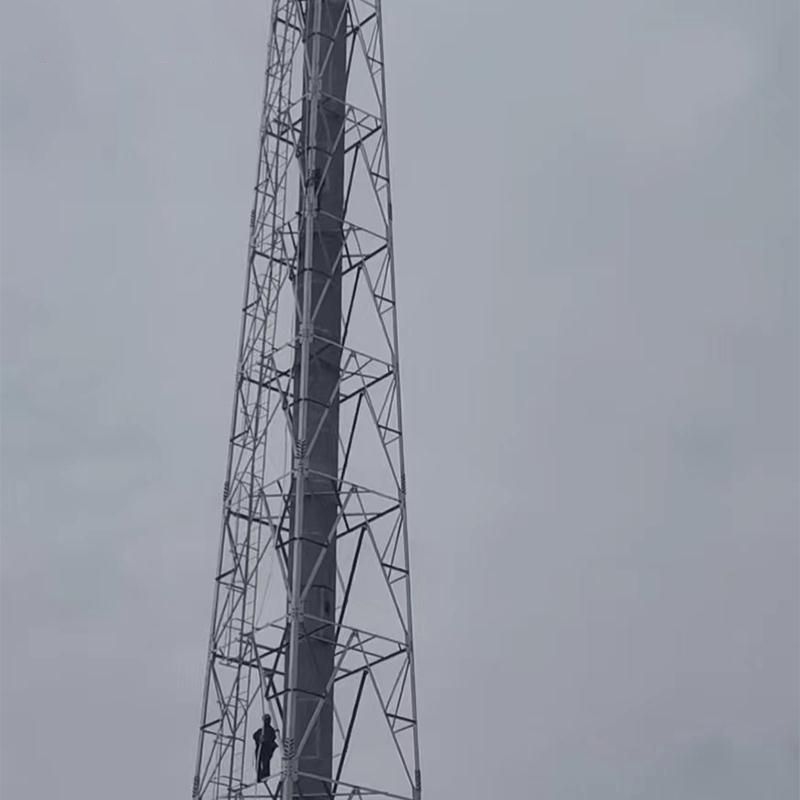Anatomy and Functionality: Unveiling the Key Components of Tower Chimneys
2023-11-21
Introduction:
As towering sentinels in the industrial landscape, tower chimneys are more than mere structures; they are sophisticated systems designed to perform a vital role. The effectiveness of these industrial giants lies in their intricate composition, comprising key components that work in tandem to ensure the safe and efficient expulsion of industrial byproducts. In this exploration, we delve into the anatomy of tower chimneys, unraveling the functions of each crucial component.
1. Flue Gas Outlet:
- At the top of the tower chimney, the flue gas outlet serves as the gateway for the expelled gases. It marks the endpoint of the journey for combustion byproducts, allowing them to ascend into the atmosphere while promoting the stack effect.
2. Liner:
- The inner lining of a chimney, known as the liner, serves as a protective barrier. Often constructed from materials resistant to corrosion and high temperatures, the liner shields the chimney's structural elements from the corrosive effects of flue gases.
3. Concrete or Steel Shell:
- The outer shell provides structural integrity to the chimney. Constructed from materials such as reinforced concrete or steel, it supports the internal components and withstands external forces such as wind loading and seismic activity.
4. Insulation:
- Insulation materials may be incorporated into the design to reduce heat transfer to the outer shell. This not only protects the structural integrity of the chimney but also contributes to safety and efficiency by minimizing heat loss.
5. Base and Foundation:
- The base and foundation form the lowermost part of the chimney, providing stability and support. The foundation ensures that the structure remains securely anchored to the ground, withstanding the dynamic forces exerted during its operational life.
6. Lightning Protection System:
- To safeguard against lightning strikes, tower chimneys often feature a lightning protection system. This may include lightning rods and conductive pathways designed to redirect electrical currents safely to the ground.
7. Access Platforms and Ladders:
- Access platforms and ladders are incorporated for maintenance and inspection purposes. These elements provide safe and convenient access to various levels of the chimney, facilitating routine checks and necessary repairs.
8. Monitoring and Control Systems:
- Modern tower chimneys may include monitoring and control systems to track emissions, temperature, and other parameters. These systems contribute to efficient operation, compliance with environmental regulations, and early detection of potential issues.
9. Flare Tips or Dampers:
- In some chimneys, flare tips or dampers may be employed to control the flow of gases. These components can be adjusted to regulate the release of emissions based on operational requirements or environmental conditions.
10. Guy Wires or Supports:
- Tower chimneys are often equipped with guy wires or external supports to enhance stability. These components counteract the lateral forces exerted on the structure, preventing swaying and ensuring its overall stability.
Conclusion:
The intricate dance of industrial processes relies on the silent choreography of tower chimneys. Understanding the key components and their functions unveils the engineering marvel behind these structures, emphasizing not just their towering presence but their essential role in managing emissions and maintaining the delicate balance between progress and environmental responsibility.



